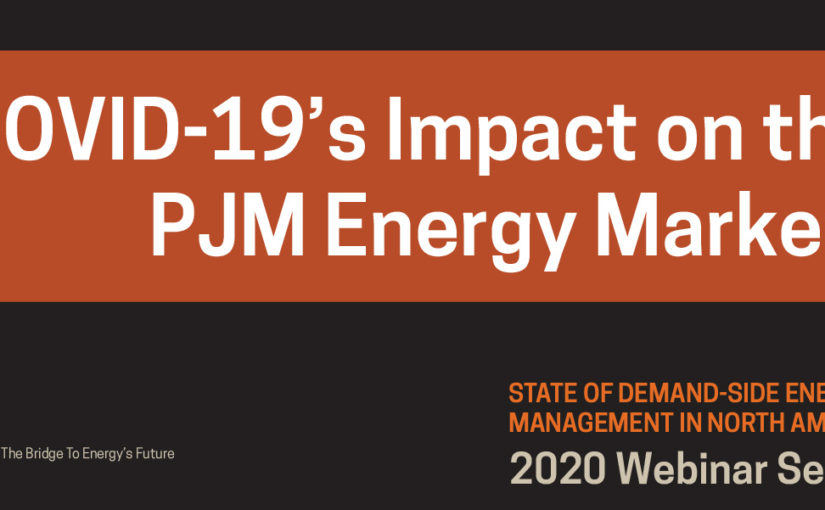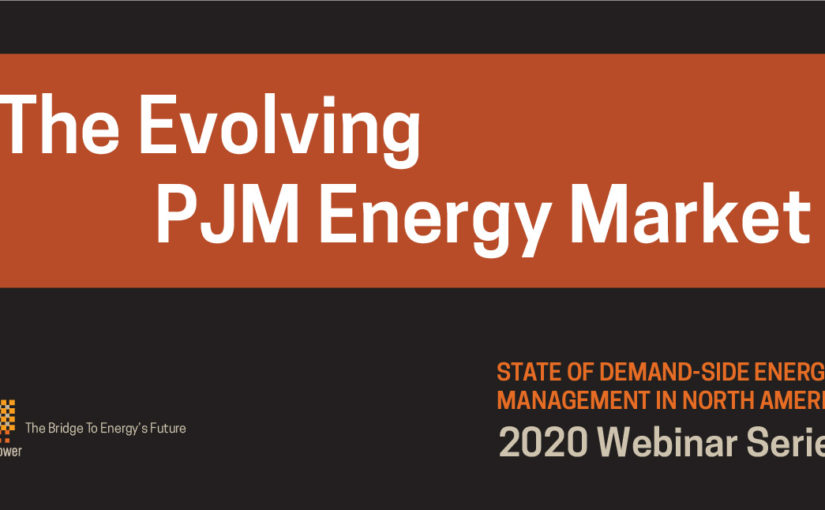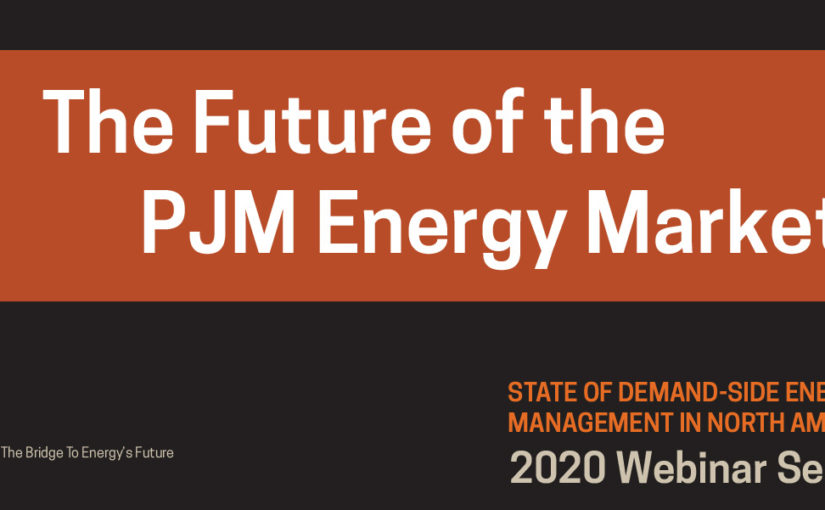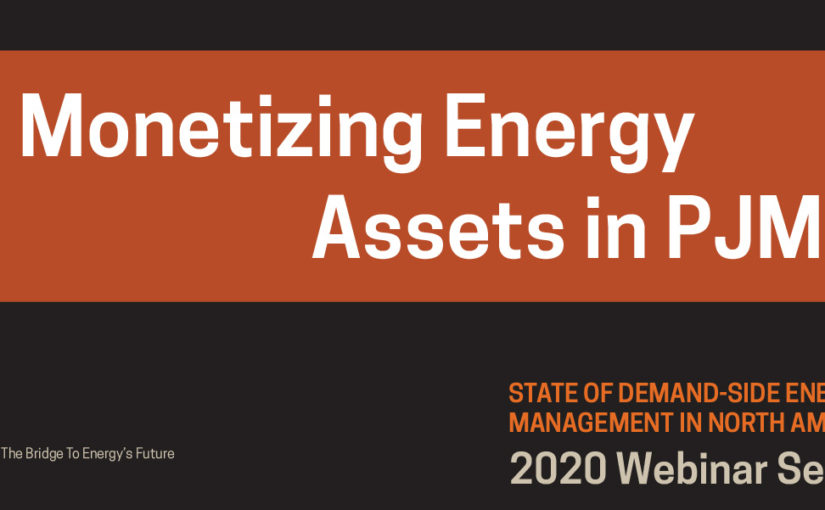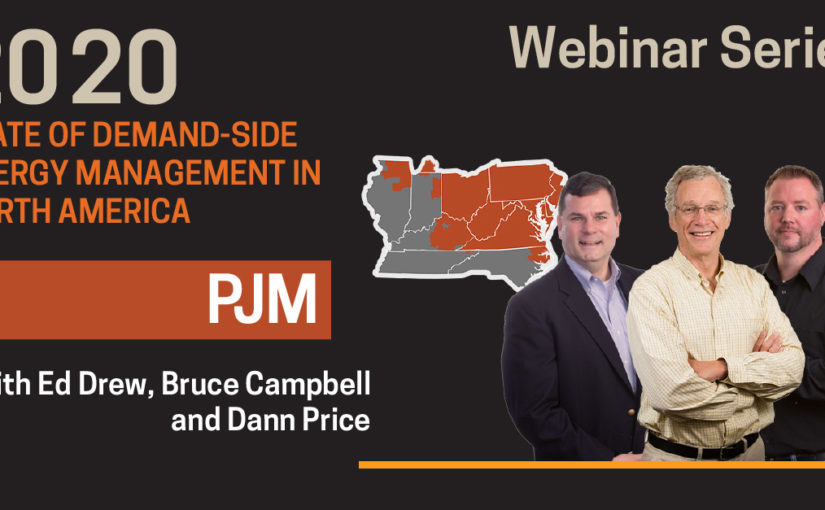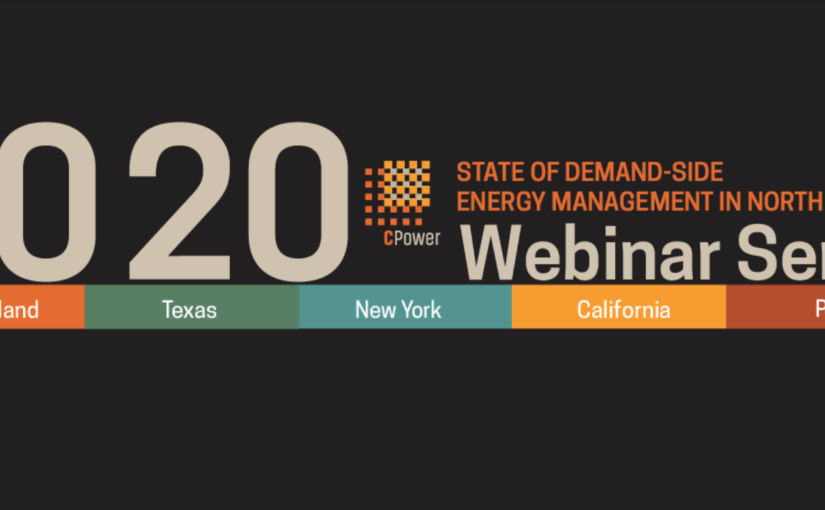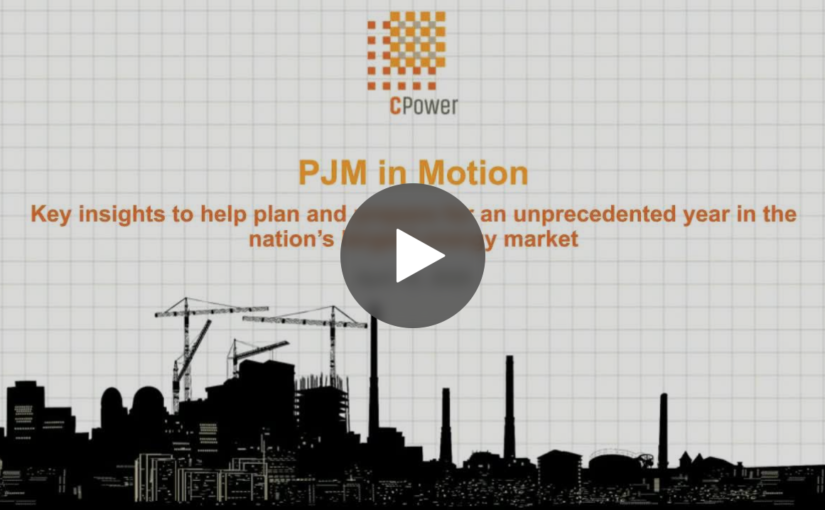COVID-19’s Impact on the PJM Energy Market (Video)
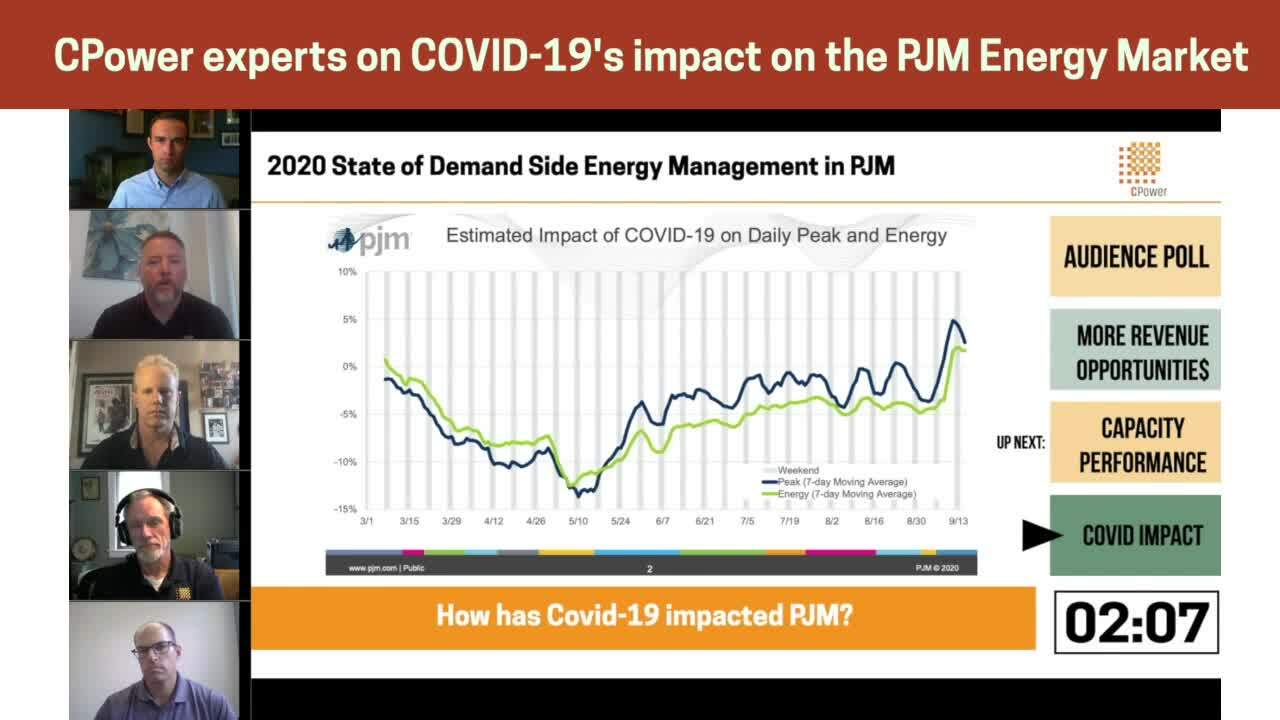
Capacity Performance in PJM (Video)
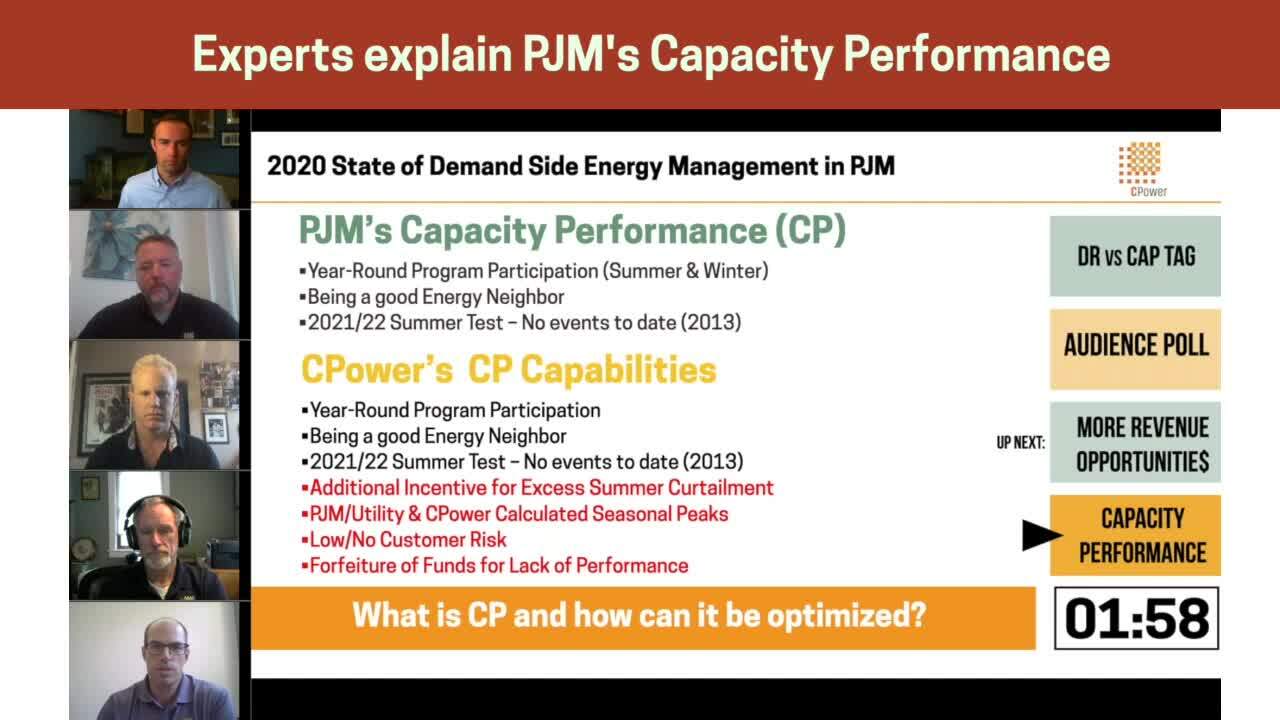
Demand Response vs Cap Tag Management in PJM (Video)
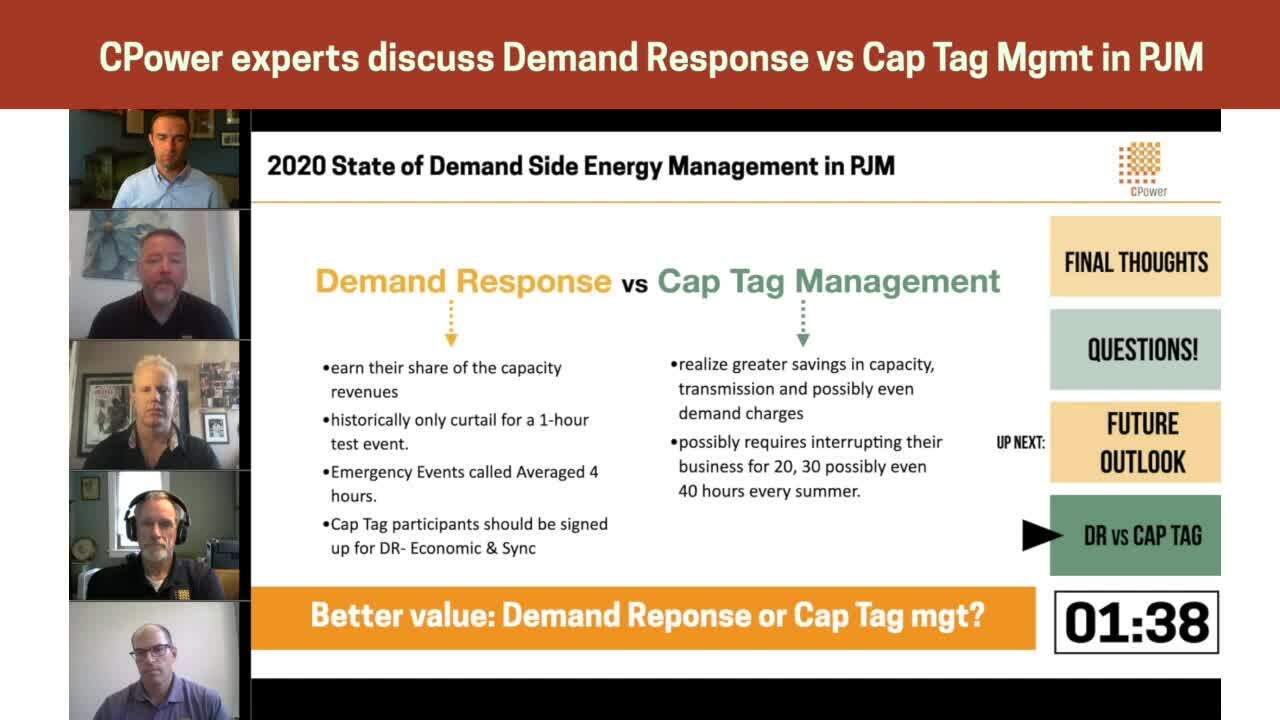
The Evolving PJM Energy Market (Video)
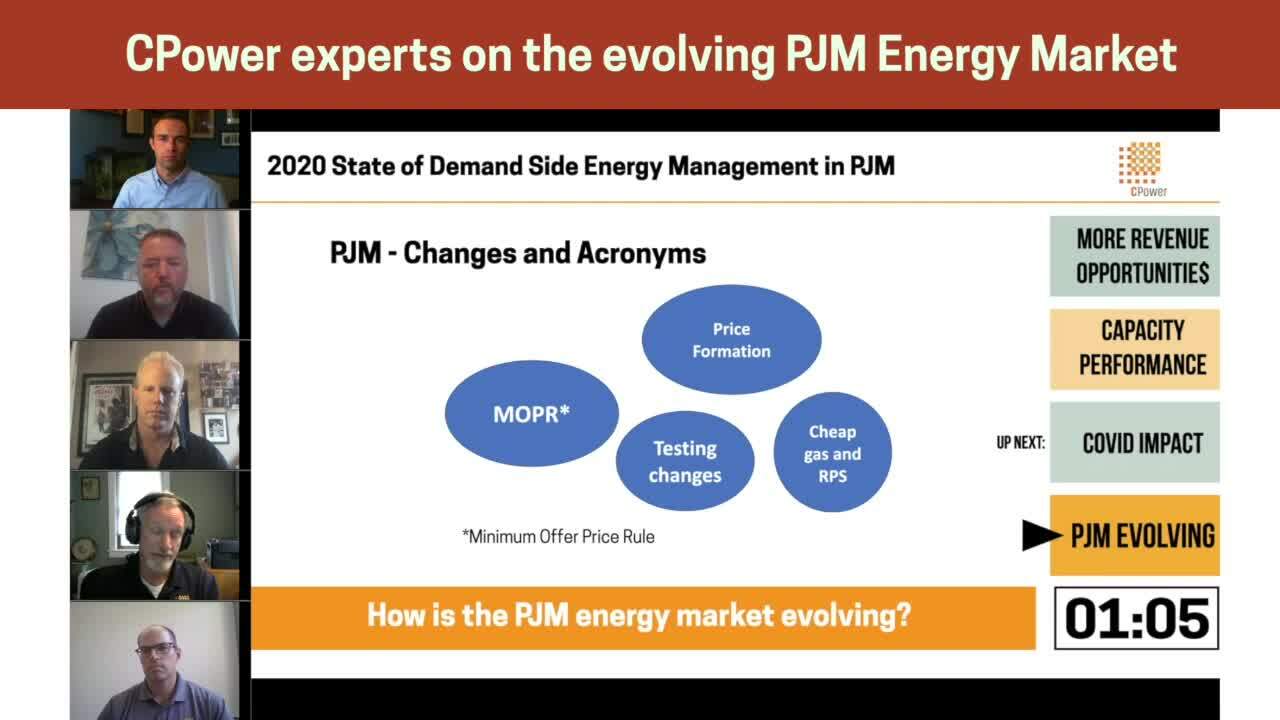
The Future of the PJM Energy Market (Video)
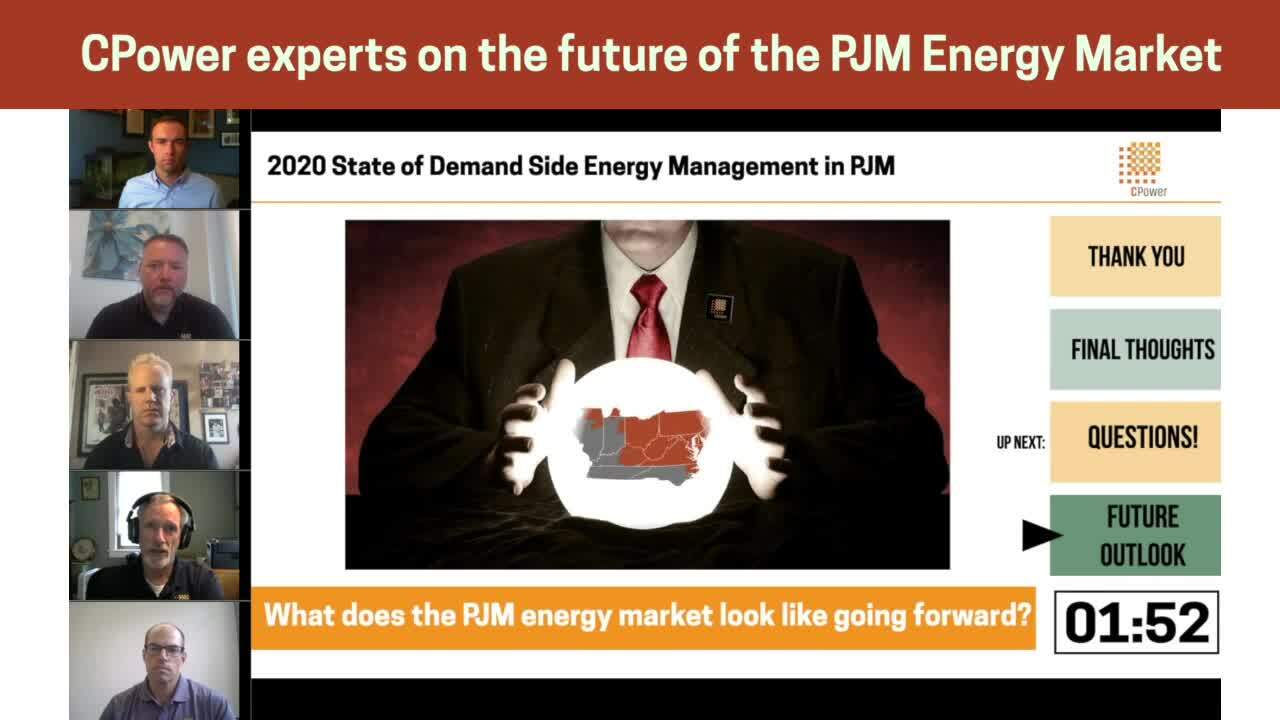
CPower’s Director of Regulatory Affairs, Bruce Campbell, discusses FERC order 2222 and the future of distributed energy resources in the PJM market.
Monetizing Energy Assets in PJM (Video)
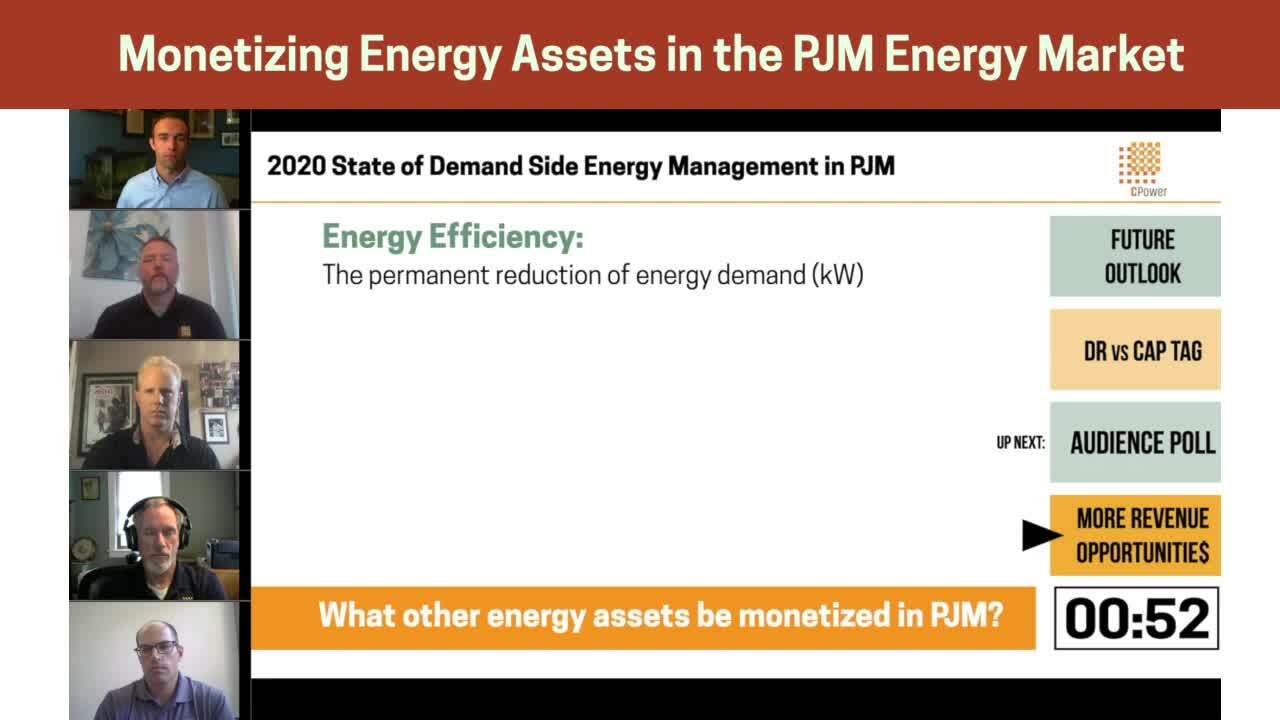
State of the PJM Energy Market (Webinar)
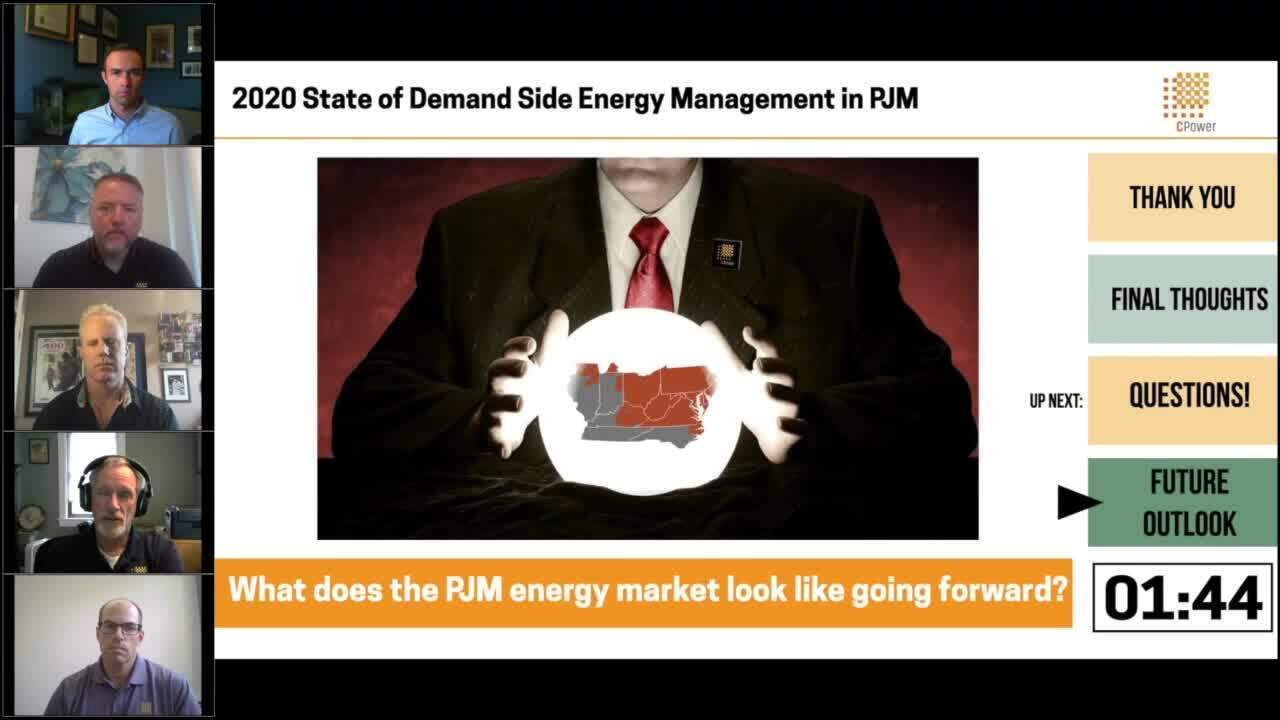
2020 was expected to be a year of change in PJM. As the region now works its way through the COVID-19 pandemic’s maze, organizations are reexamining their energy management strategies in search of optimization for an increasingly uncertain future.
Join CPower on September 24, 2020, at 2 pm ET for a one-hour webinar designed to give organizations like yours the demand-side energy management insights you need to make the most of 2020 and beyond in PJM.
SOTM 2020 Webinar Series
CPower Experts Share Insights Into North America’s Energy Markets in 2020 (Webinar)

Watch the latest webinar from CPower and SED
PJM in Motion (Environment + Energy Leader Webinar)
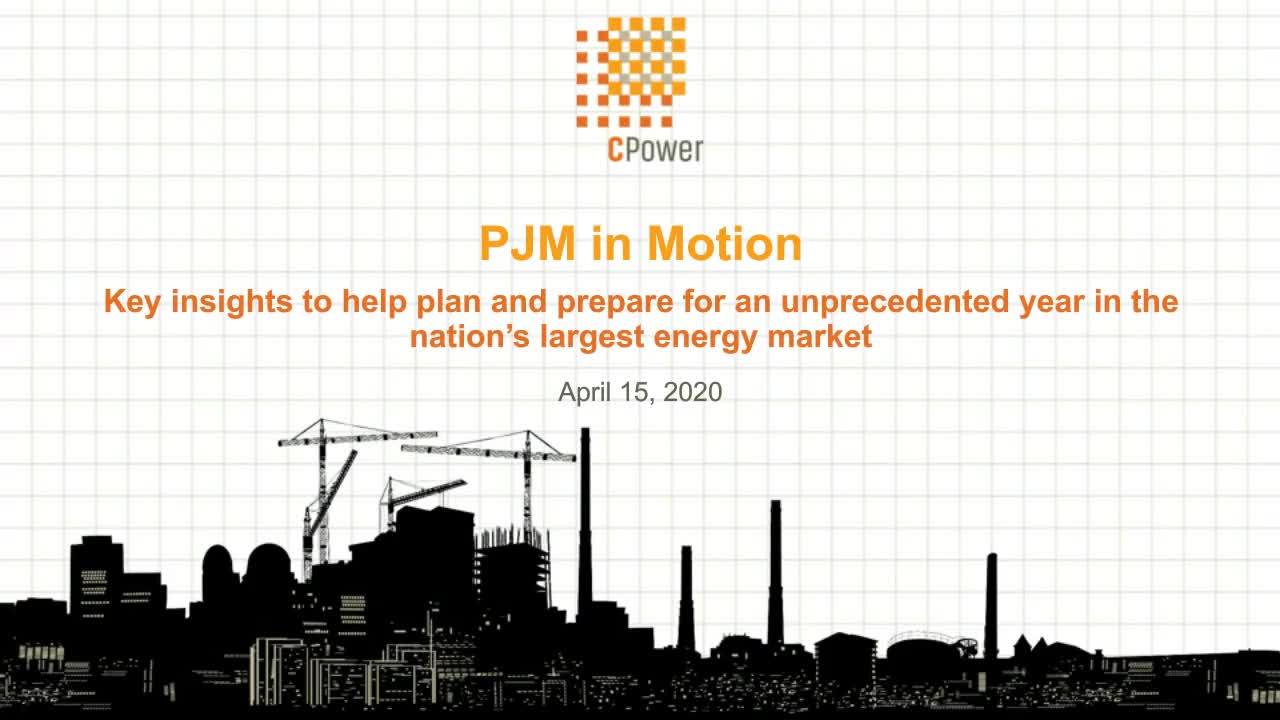
In 2015, PJM announced that it was retiring its seasonal emergency capacity demand response programs and replacing them with a single, year-round program called Capacity Performance, or CP. June 2020 was set as the first season that PJM would offer CP as their only capacity program.
June 2020 is just a few months away — and the world is a very different place from when CP was first proposed. Who knew PJM would solo their new emergency capacity program in the middle of one of the greatest upheavals in the last 50 years?
It’s no surprise that times of great flux and uncertainty bring more questions than there are answers for, and misinformation that can cloud the path to needed solutions.
CPower is committed to helping PJM energy users get a better understanding of the facts, clarify the misperceptions, and identify opportunities that still exist in this unprecedented year of change and complexity.
That’s why we’re bringing together our top experts on PJM and Capacity Performance in this timely and important webinar.



